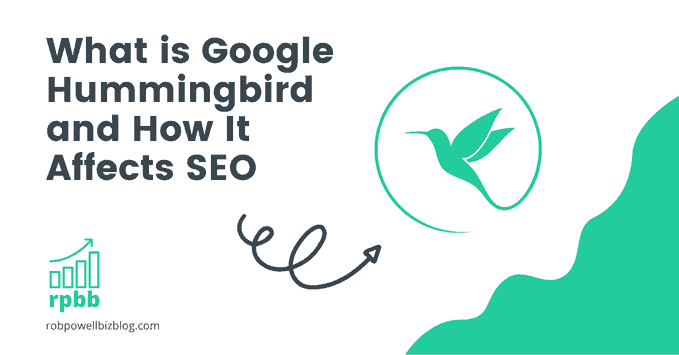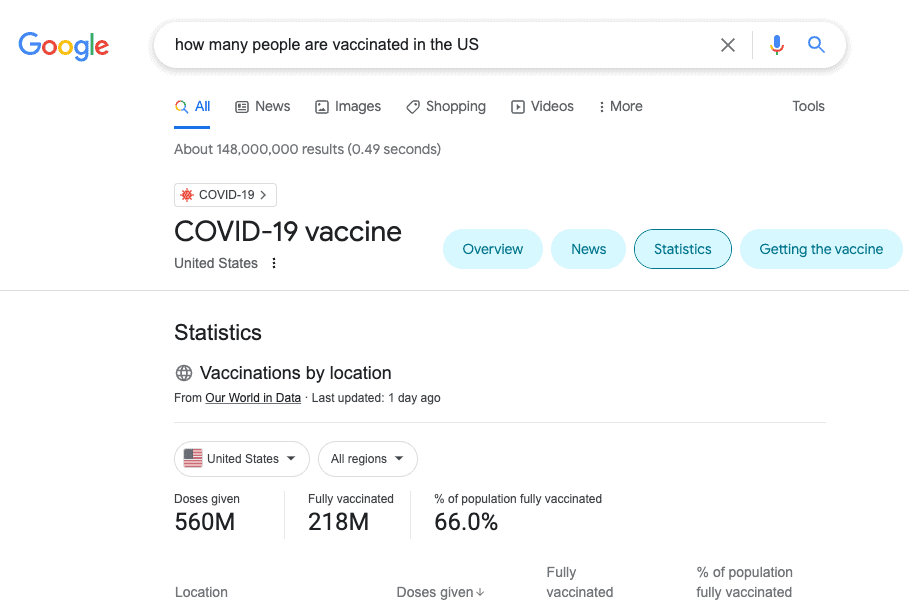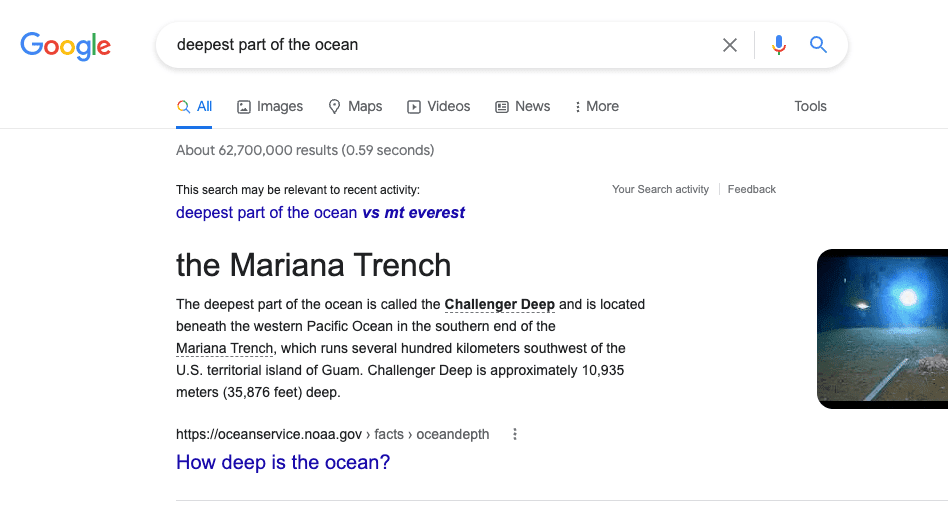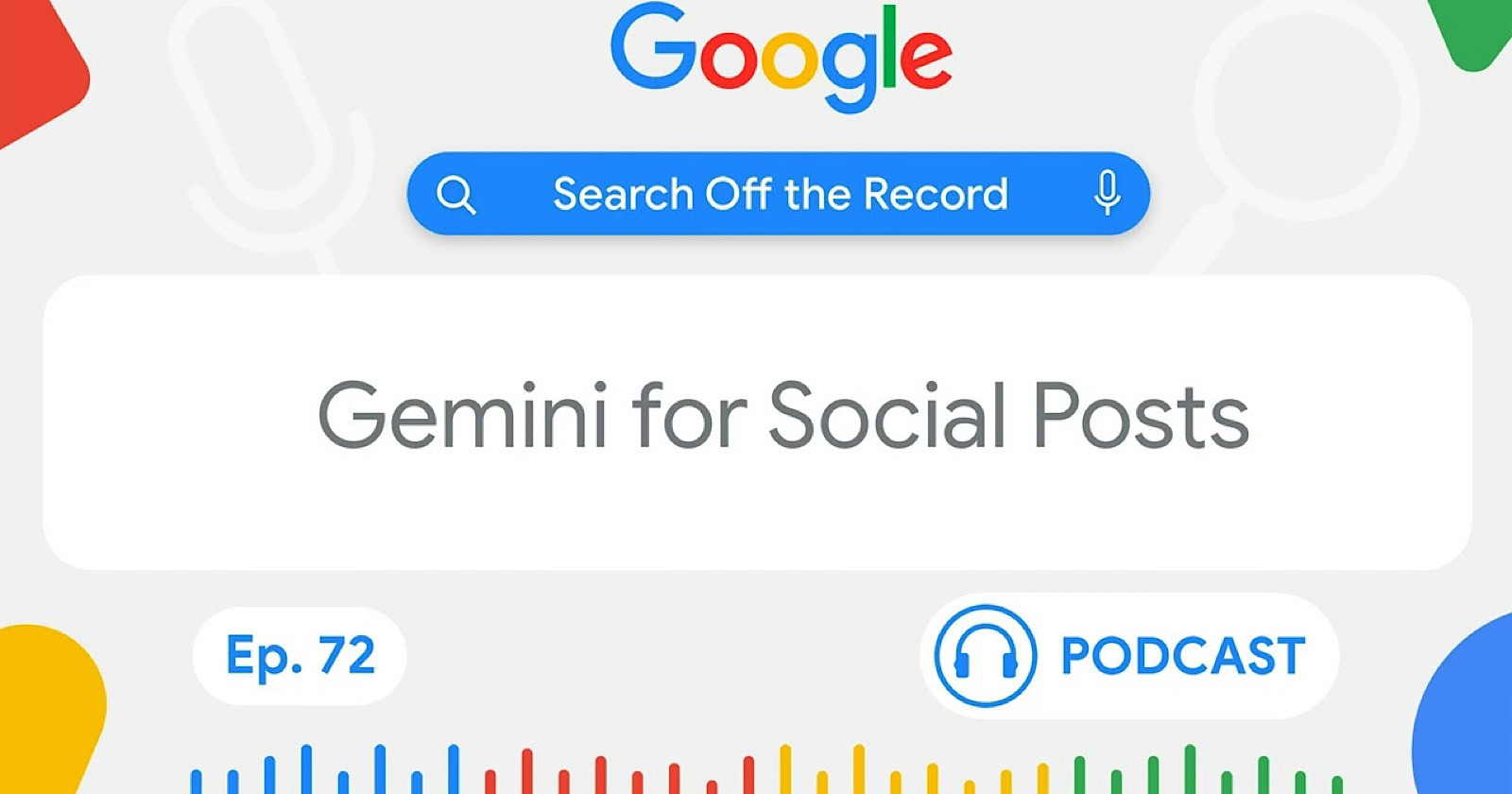
What is Google Hummingbird and how has it changed the way Google search works?
Google Hummingbird was the biggest change to the search engine’s algorithm in over a decade. It was driven partly by the rise of voice search but also by a need to deliver search results that better address the intent behind search queries.

What is Google Hummingbird?
The Google Hummingbird algorithm was a major overhaul to Google’s core algorithm. It went live in August 2013 but was officially announced by Google in September 2013.
The Hummingbird algorithm was considered by Google’s Amit Singh to be the largest overhaul of Google’s search algorithm since 2001.
The Hummingbird update was designed to better understand what users are looking for: it aimed to go behind the keywords themselves and understand the search intent itself.
The purpose of the update was to offer results that more closely address the meaning behind the query rather than simply matching keywords in the query to keywords in the content.
How does the Hummingbird update impact SEO?
With Hummingbird, Google is able to interpret what it is you’re looking for and then give you that information in the search results: you don’t even have to click through to another website.
Here’s an example.
If you go to Google and type in the search query: “how many people have been vaccinated in the US”, this is the answer Google gives you:

Notice that I didn’t include the word ‘covid’ in my search query. But Google knows that if I didn’t specify a disease, it must be COVID I’m referring to.
That’s what Hummingbird does: it goes behind the literal words and tries to understand what the intent is behind the query.
But not only that: Hummingbird also gives me the answer. Before Hummingbird, Google would have just listed a bunch of web pages that contained the information relevant to my query.
With Hummingbird, Google knows that you’re after a particular piece of information and it gives it to you in the search results.
Here’s another example. If you type ‘deepest part of the ocean’ into Google, you will see a Knowledge Graph answer:

In this example, Google has not only understood the search query, but it has also provided the answer to the query: it tells you the name of the deepest part of the ocean, how deep it is, and where it is located.
This is all made possible through the Hummingbird algorithm and semantic search.
How do I optimize for Google Hummingbird?
The most important impact of Hummingbird on SEO is that keywords are no longer as important as they were. Instead of being focused on a string of words, the algorithm is now trying to understand what the ‘thing’ is that you are looking for.
Here are some tips for optimizing your content for Hummingbird:
- focus on context and relevance, not just keywords.
- use long-tail keywords as they provide context and meaning.
- use secondary keywords and LSI keywords (keywords that share the same context as your main keyword)
- make sure to include as many semantically related keywords as you can.
- try to understand the search intent behind the keyword you are targeting.
- keep an eye on user engagement metrics such as time on page, bounce rate, and conversion goals so you can measure how well your content is addressing the needs of your audience.
One way to understand searcher intent is to simply type that keyword phrase into Google and look at the top five results. You can be sure that the pages at the top of the search results are the ones that most closely reflect the search intent for that search query.
Hummingbird uses context to match queries to search results, so you need to use plenty of secondary keywords and LSI keywords. These are keywords that are frequently found in the same context as your main keyword.
To put it another way: focus on the topic and not the keyword. By addressing the topic rather than the keyword, you’ll ensure that your content contains all the semantically related keywords that Hummingbird is looking for.
Conclusion
Google’s Hummingbird algorithm has improved the quality of search results by better understanding the search intent behind search queries. It does this through semantic search and natural language processing (NLP).
By focussing on keyword strings rather than single keywords, Hummingbird is able to understand the context of a search query. And that allows Google to deliver search results that give searchers the information they are looking for.
Related Resources
What is Latent Semantic Indexing?
Latent semantic indexing (LSI) is a mathematical technique that identifies patterns in the relationships between terms and concepts. It finds the hidden (latent) relationships between words which in turn allows it to understand meaning (semantics).
What Is RankBrain & How Does It Work?
RankBrain is a search engine algorithm based on machine learning that helps Google to provide more relevant results to search queries. But how does it work? And can you optimize for it?
What is the BERT algorithm?
The BERT algorithm is a machine learning algorithm that helps the Google search engine understand what words in a sentence mean. BERT pays particular attention to the nuances of context.
Google Freshness algorithm is a ranking signal that seeks, where relevant, to show the freshest content at the top of the search results. Find out what freshness matters to Google and how to optimize for the Google Freshness Algorithm.



